It’s late night at Comic-Con, the world’s largest festival of popular arts, which takes place every summer in San Diego.
I walk out of a discussion by physicists debating which movie has the most realistic time travel — Back to the Future, The Time Machine or Avengers Endgame — and walk into the room next door, where a very different group is promoting their new movie, Meth Gator, about a giant alligator that swallows drugs someone flushed down the toilet, and is now running amok, eating everyone in sight. Later, I was sitting in an auditorium waiting for a show to begin when a costumed couple sitting a few rows ahead decided to entertain themselves:

There you have the great contrasts of Comic-Con: In one room Albert Einstein’s theory of time, in the next, drug-crazed alligators, and in the next, audience acrobatics. Comic-Con is brilliant and childish, classy and gross, subtle and ear-splitting, unpredictable and — above all — fun.
Comic-Con began in 1970 as a collection of enthusiastic kids who came together to trade the battered 10 cent comic books they loved. As years went by, the kids grew up, and the comic artists they adored came to give lectures and sell artwork. After that, the writers joined in. Then publishers, illustrators, animators, and costumers arrived. The movie studios and computer game creators weren’t far behind. This summer, pioneers in artificial intelligence are everywhere to be found, teasing out new and creative applications that will be the entertainment of tomorrow. Attendance was nearly 150,000.
Among the more exciting panels were the talented costume team for the latest Hunger Games movie, explaining how they worked their magic; a panel on the collision of Hollywood and comic books; an annual drawing competition between three talented cartoonists before a cheering crowd of thousands; and of course, the highly anticipated costume competition on the final night.
The cavernous exhibition hall was always abuzz with activity:


Everywhere you turned, you bumped into displays of costumes and movie props from fantasy and science fiction movies.

As Comic-Con grew and matured, it began doing good deeds for worthwhile causes. For example, The Magic Wheelchair company creates fantasy wheelchairs to lighten the spirits of children who use them, including a wheelchair designed for a young Barbie fan.
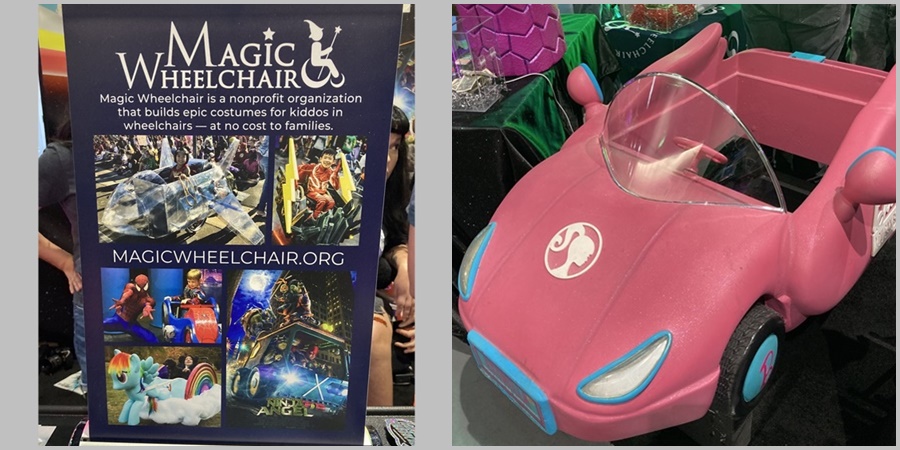
Adobe had a booth, “Using Creativity to Change the World,” encouraging Comic-Con goers to assist with missing and exploited children.
No matter how Comic-Con has grown, and how much money it attracts, it never forgets its roots: those simple drawings printed on cheap paper that made up comics and cartoons from our youth. Sandwiched between the towering movie displays and the blinking lasers and sound effects, comic collectors still trade comic books (now worth a lot more).
The National Cartoonists Society still holds a place of honor every year. They operate a major booth where the cartoonists you know and love sign autographs, sell books, greet fans, and draw cartoons and pictures to raise money for worthy causes.
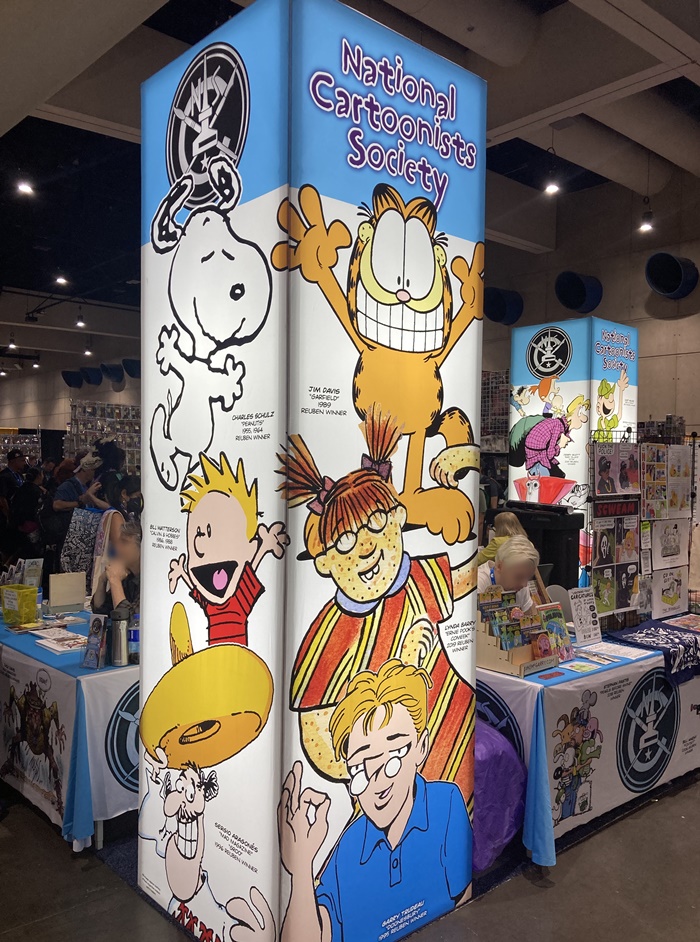
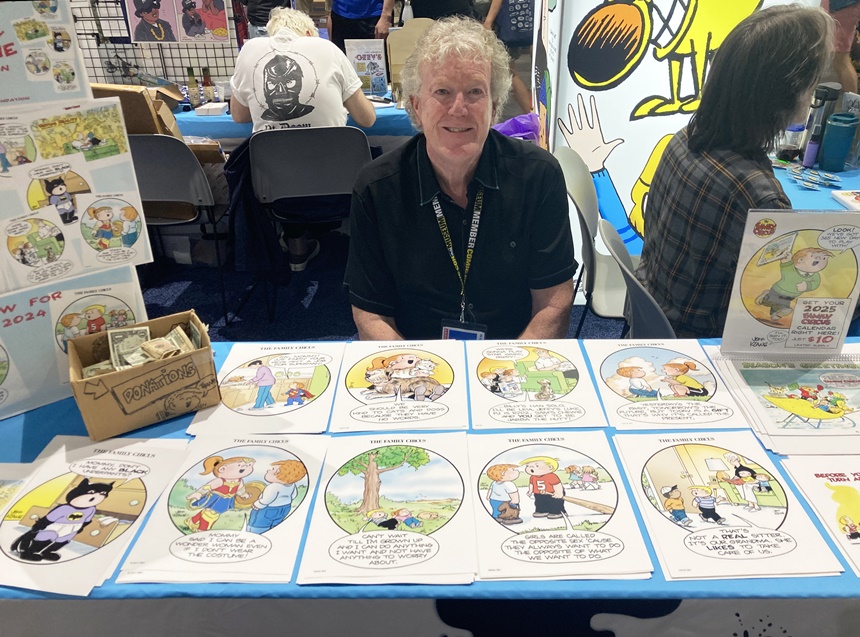
This year, a number of programs talked about the future of Artificial Intelligence (AI) and the new software programs that may one day replace human artists. Already people are creating images by simply typing into a computer what they want the picture to show, and instantly getting a computer created image in return. Lawyers, software engineers, art directors and other participants in the field gave lectures on the expected impact of these dramatic changes on employment for artists.
The implications of AI for the arts at Comic-Con and every other artistic community cast a temporary pall here, but nothing could dim the cheerful enthusiasm of the Comic-Con fans for long. They have come a great distance from their early days trading comic books, and have embraced several generations of technology since then. Looking at this wild and happy group, I can’t help but think they will find a way to absorb AI as well.
Become a Saturday Evening Post member and enjoy unlimited access. Subscribe now
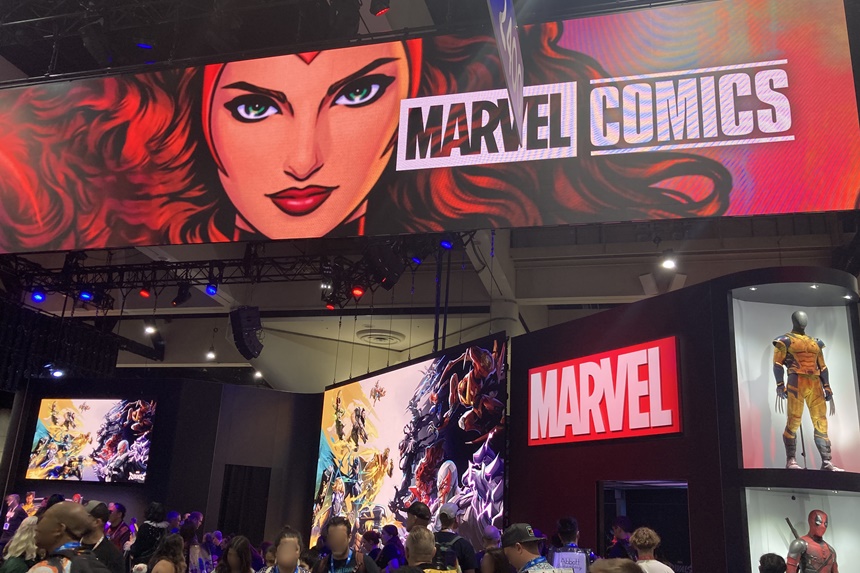


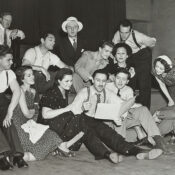
Comments
This seems like it would be a lot of fun. I’d mainly be there more for the art itself; more comic strip than comic book.